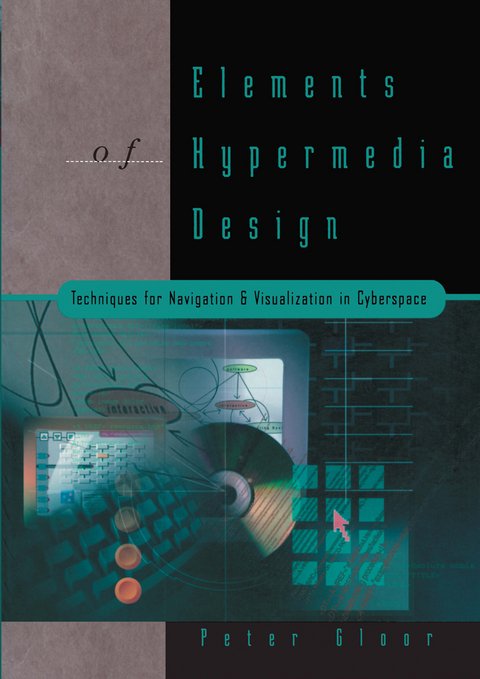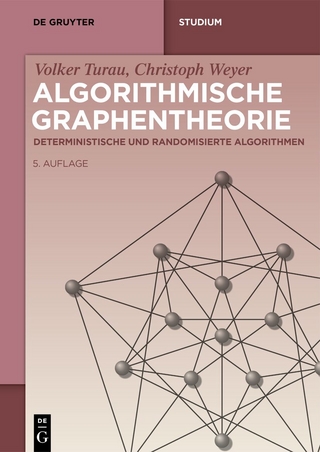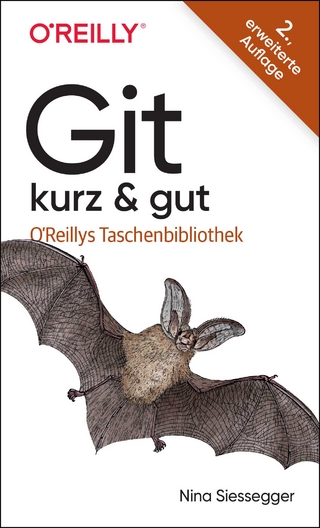
Elements of Hypermedia Design: Techniques for Navigation & Visualization in Cyberspace
Birkhauser Boston Inc (Verlag)
978-0-8176-3911-2 (ISBN)
1 A Brief Introduction to Information Retrieval.- 2 User Modeling.- 3 World Wide Web: an Introduction.- 4 Programming the Web.- 5 The Seven Design Concepts for Navigation in Cyberspace.- 6 Linking.- 7 Searching.- 8 Sequentialization.- 9 Hierarchy.- 10 Similarity.- 11 Mapping.- 12 Guides and Agents.- 13 Conclusions.- 14 Cybertools from Text To Hypertext.- 15 Cybertools: Hierarchy with Hiermap, Viewfinder, and Navigation Diamond.- 16 Cybertools: Sequentialization with Paths.- 17 Cybertools: Similarity with Cybermap.- 18 Cybermap: System Architecture.- 19 Cybermap: Implementation Issues.- 20 Building Hierarchical Cybermaps.- 21 Cybertrees: Tree-Shaped Overview Maps.- 22 Conclusions.- 23 Introduction to Algorithm Animation.- 24 Animated Algorithms.- 25 User Interface Design for Algorithm Animation.- 26 Educational Aspects.- 27 Animating Proofs.- 28 The Art of Algorithm Animation.- 29 Algorithm Animation by Scripting.- 30 Conclusions.- 31 Introduction.- 32 Related Work.- 33 VideoScheme System Overview.- 34 VideoScheme Language Overview.- 35 VideoScheme Applications.- 36 Conclusions.- 37 Introduction.- 38 DAGS ’92: CD-ROM.- 39 DAGS ’95: On the Web.- 40 The Development Process.- 41 Extensions and Improvements.- 42 Conclusions.- References.- Permissions Acknowledgments.
| Erscheint lt. Verlag | 1.2.1997 |
|---|---|
| Zusatzinfo | 164 Illustrations, black and white; XVII, 400 p. 164 illus. |
| Verlagsort | Secaucus |
| Sprache | englisch |
| Maße | 178 x 254 mm |
| Themenwelt | Mathematik / Informatik ► Informatik ► Software Entwicklung |
| Mathematik / Informatik ► Informatik ► Web / Internet | |
| Sozialwissenschaften ► Kommunikation / Medien ► Buchhandel / Bibliothekswesen | |
| ISBN-10 | 0-8176-3911-X / 081763911X |
| ISBN-13 | 978-0-8176-3911-2 / 9780817639112 |
| Zustand | Neuware |
| Haben Sie eine Frage zum Produkt? |
aus dem Bereich


